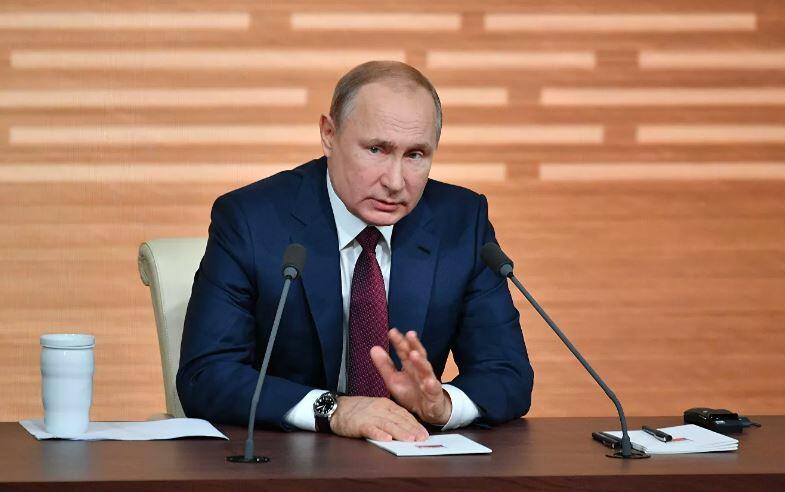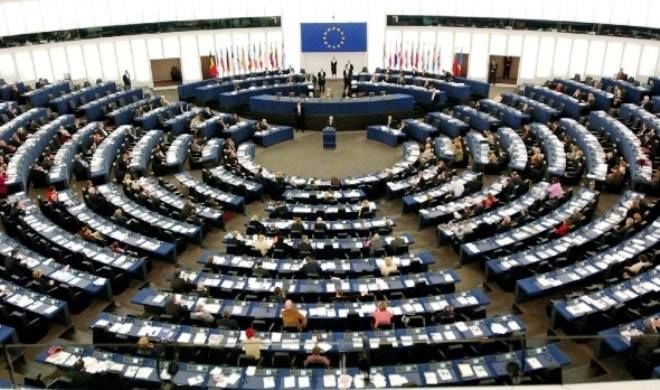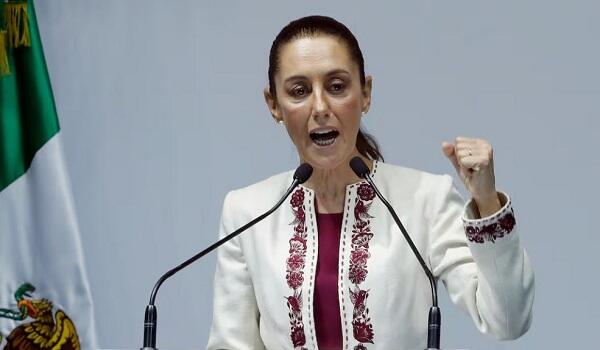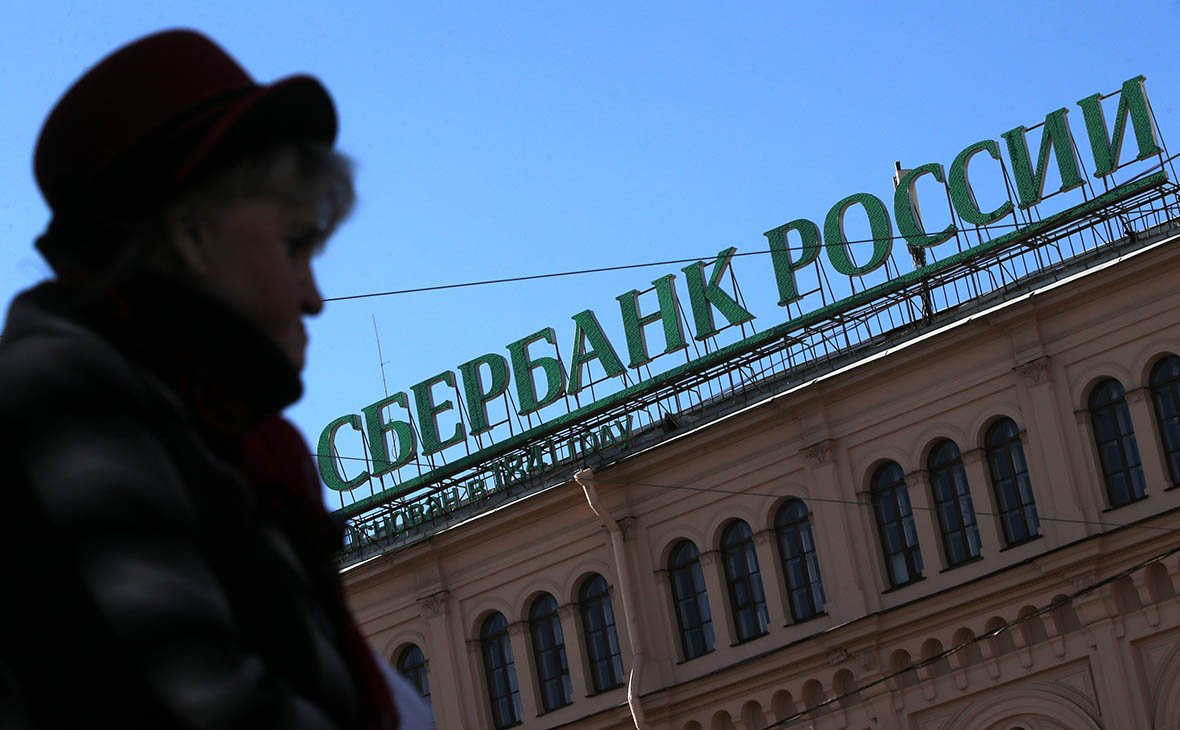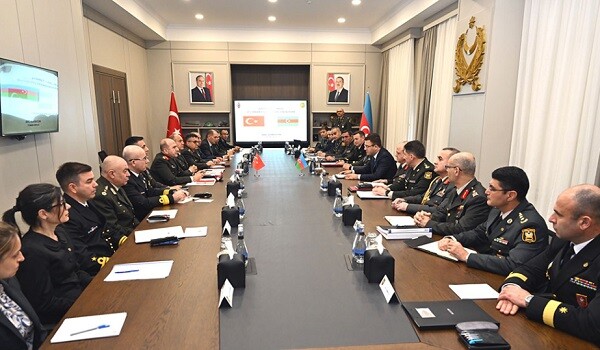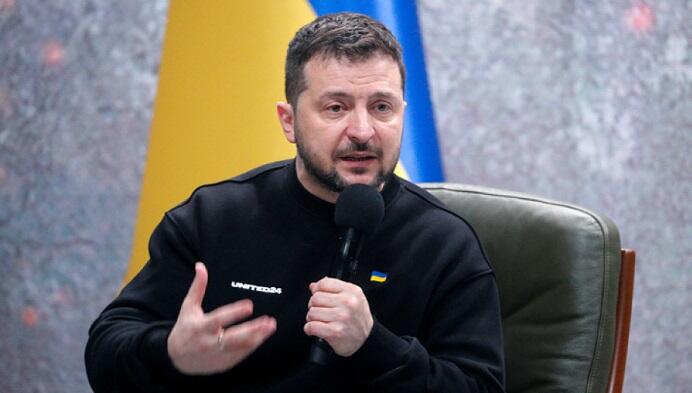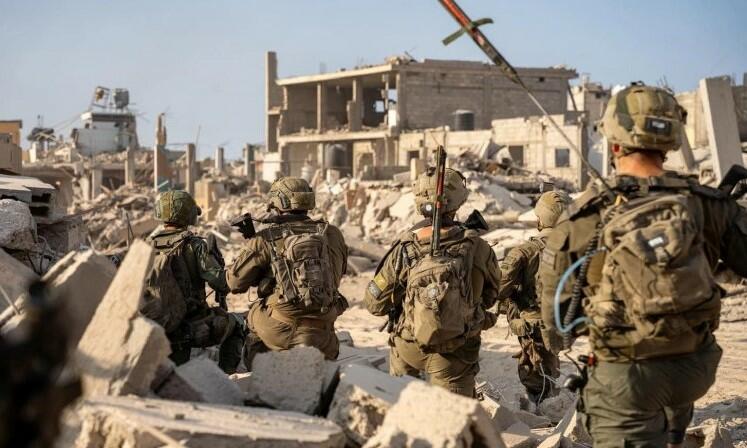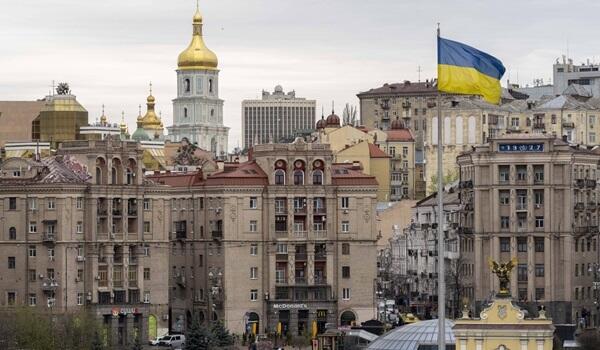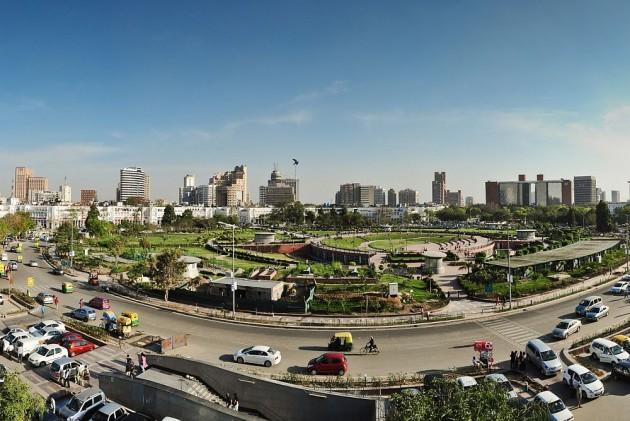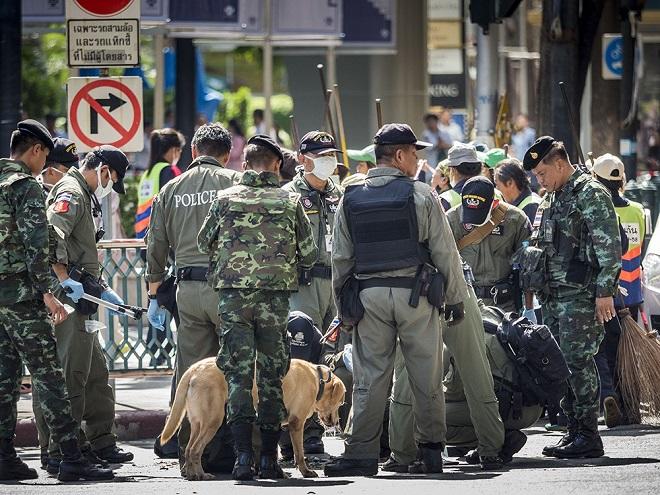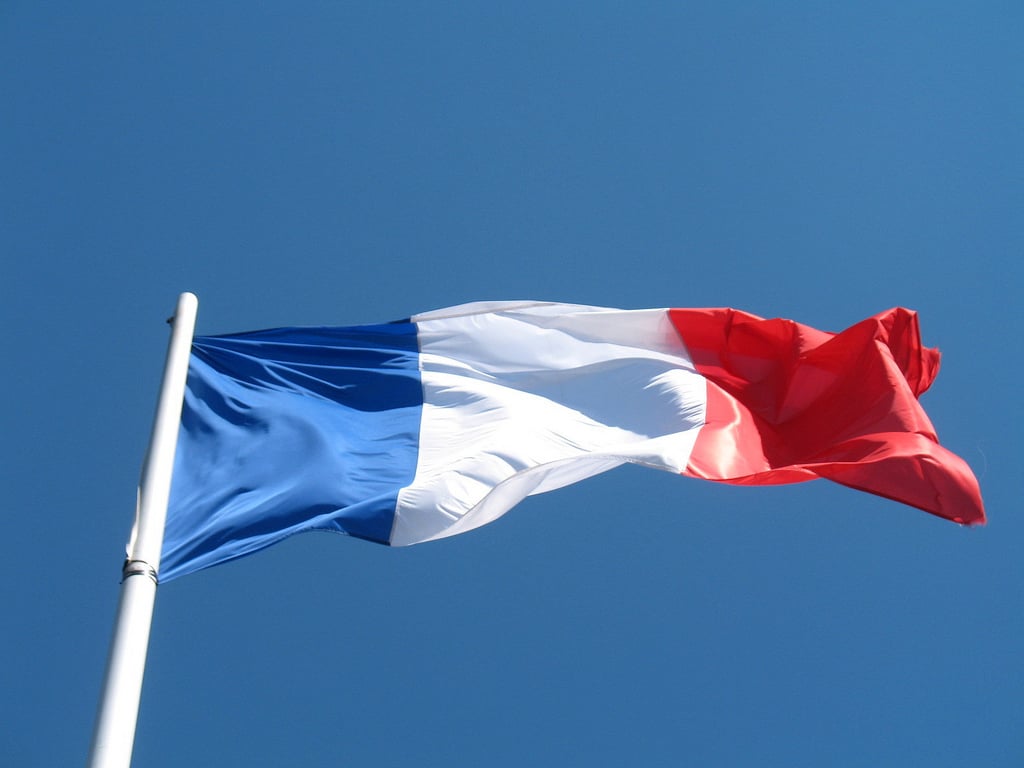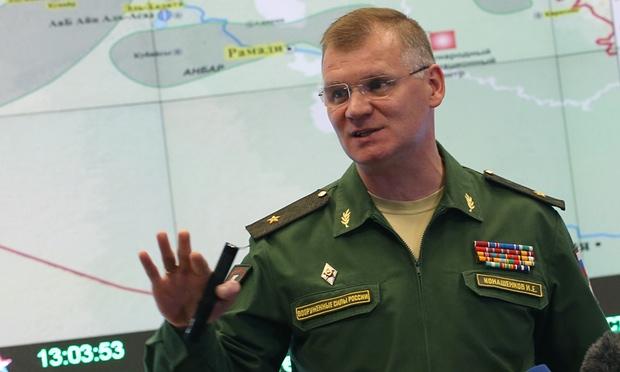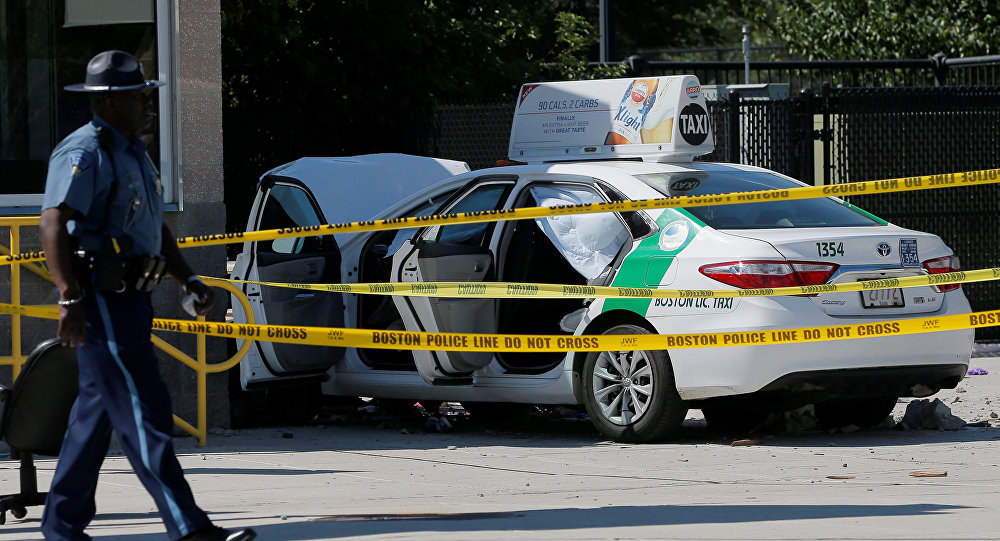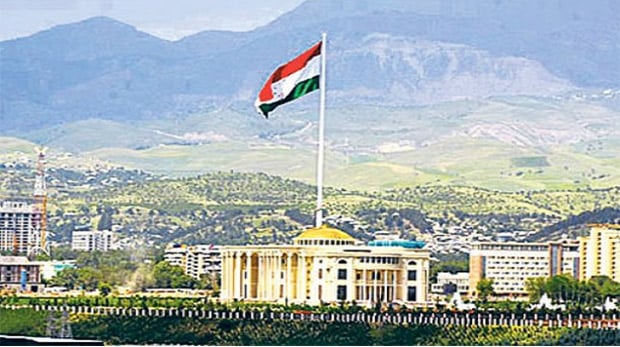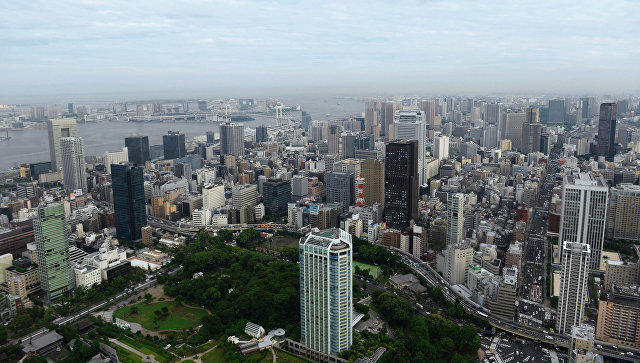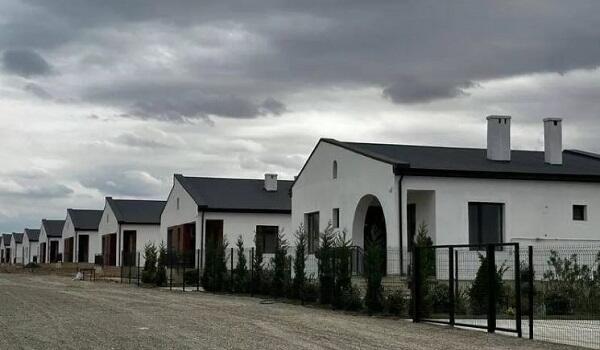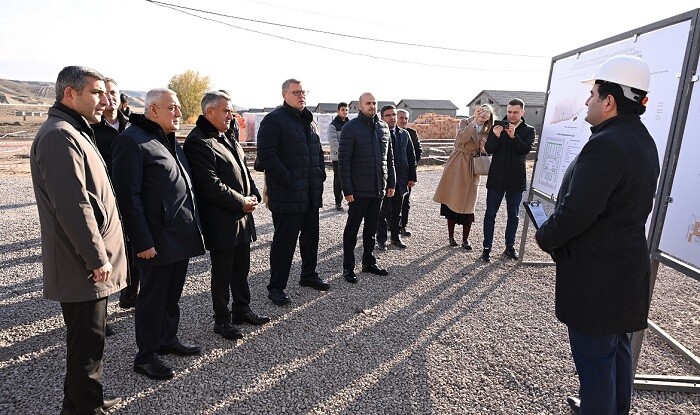March 31 is the Genocide Day of Azerbaijanis.
Axar.az reports that after the Republic of Azerbaijan gained independence, it was possible to create an objective picture of the historical past of our people. Truths that have been kept secret for many years are revealed, and distorted events get their true value.
Genocide, which has been repeatedly committed against the people of Azerbaijan and has not received its political and legal evaluation for many years, is one of the unopened pages of history.
The agreements of Gulustan and Turkmenchay, signed in 1813 and 1828, laid the foundation for the division of the Azerbaijani people and the division of our historical lands. As a continuation of this national tragedy of the Azerbaijani people, the seizure of their lands began. In a short period of time, this policy was implemented and mass resettlement of Armenians to the lands of Azerbaijan was carried out. Genocide became an integral part of the occupation of Azerbaijani lands.
Despite the fact that the Armenians settled in the territories of the Iravan, Nakhchivan and Karabakh khanates are a minority compared to the Azerbaijanis living there, they managed to create an administrative division called "Armenian province" under the auspices of their patrons. With such artificial territorial division, the foundation of the policy of expulsion and destruction of Azerbaijanis from their lands was actually laid. The ideas of "Greater Armenia" began to be propagated. Large-scale programs aimed at falsifying the history of the Armenian people were carried out in order to justify the creation of this fictitious state on the lands of Azerbaijan. Distortion of the history of Azerbaijan and the Caucasus in general was an important part of those programs.
Inspired by the dream of creating "Great Armenia", Armenian usurpers openly carried out large-scale bloody actions against Azerbaijanis in 1905-1907. The atrocities of the Armenians, which started from Baku, covered Azerbaijan and the ancient lands of Azerbaijan in the territory of today's Armenia. Hundreds of settlements were destroyed and thousands of Azerbaijanis were brutally murdered. The organizers of these events created a negative image of Azerbaijanis by preventing the disclosure of the essence of the issue, giving it a correct political and legal assessment, and covered up their adventurous land claims.
The Armenians, who skilfully used the First World War and the February and October coups of 1917 in Russia, managed to realize their claims under the Bolshevik banner. Starting from March 1918, under the slogan of fighting counter-revolutionary elements, the Baku Commune began to implement a nefarious plan aimed at ridding the entire Baku governorate of Azerbaijanis. The crimes committed by the Armenians in those days were forever engraved in the memory of the Azerbaijani people. Thousands of peaceful Azerbaijanis were destroyed only because of their nationality. Armenians set fire to houses and burned people alive. They destroyed national architectural pearls, schools, hospitals, mosques and other monuments and turned a large part of Baku into ruins.
Genocide of Azerbaijanis was carried out with particular cruelty in Baku, Shamakhi, Guba districts, Karabakh, Zangezur, Nakhchivan, Lankaran and other regions of Azerbaijan. Civilians were massacred in these areas, villages were burned, national cultural monuments were destroyed.
After the establishment of the Azerbaijan Democratic Republic, special attention was paid to the events of March 1918. On July 15, 1918, the Council of Ministers decided to establish an Extraordinary Commission of Inquiry to investigate this tragedy. The commission investigated the March genocide, the atrocities in Shamakhi at the initial stage, and the serious crimes committed by Armenians in the territory of Yerevan governorate. A special institution was created under the Ministry of Foreign Affairs to convey these truths to the world community. March 31, 1919 and 1920, was marked twice by the Azerbaijan Democratic Republic as the Day of National Mourning. In fact, this was the first attempt in history to give a political assessment to the processes of genocide against Azerbaijanis and the occupation of our lands that lasted for more than a century. However, the fall of the Azerbaijan Democratic Republic did not allow this work to be completed.
In 1920, the Armenians, who used the sovietization of Transcaucasia for their own dirty purposes, declared Zangezur and a number of lands of Azerbaijan to be the territory of the Armenian SSR. In the subsequent period, they resorted to new means in order to further expand the policy of deporting Azerbaijanis in these areas. For this, they used the special decision of the USSR Council of Ministers of December 23, 1947 "On the transfer of collective farmers and other Azerbaijani population from the Armenian SSR to the Kur-Araz lowland of the Azerbaijan SSR" and the mass deportation of Azerbaijanis from their historical lands in 1948-1953. level they achieved.
Armenian nationalists, with the help of their patrons, started a campaign of sharp moral aggression against the people of Azerbaijan from the 1950s. In the books, magazines and newspapers regularly published in the former Soviet space, they tried to prove that the most exquisite examples of our national culture, classical heritage, and architectural monuments belong to the Armenian people. At the same time, their attempts to create a negative image of Azerbaijanis all over the world were intensifying. Creating the image of the "poor, oppressed Armenian people", the events that took place in the region at the beginning of the century were deliberately distorted, and those who committed genocide against Azerbaijanis were portrayed as victims of genocide.
At the beginning of the 20th century, our compatriots were persecuted and expelled en masse from the city of Yerevan, where the majority of the population is Azerbaijani, and from other regions of the Armenian SSR. The rights of Azerbaijanis were grossly violated by Armenians, they were prevented from studying in their native language, and repressions were carried out against them. Historical names of Azerbaijani villages are being changed, a process of replacing ancient toponyms with modern names, unprecedented in the history of toponymy, was taking place.
Falsified Armenian history was raised to the level of state policy to create a foundation for young Armenians to grow up in a chauvinist spirit. Our new generation, brought up in the spirit of Azerbaijani literature and culture, which serves great humanist ideals, was subjected to the persecution of extremist Armenian ideology.
Slanders aimed at the spirituality, national pride and identity of the Azerbaijani people created an ideological basis for political and military aggression. Since the genocidal policy against our people did not find its political and legal value, historical facts were distorted by Armenians in the Soviet press and public opinion was confused. The leadership of the Republic of Azerbaijan did not pay due attention to the anti-Azerbaijani propaganda carried out by the Armenians taking advantage of the Soviet regime and intensified in the mid-1980s.
In the initial stage of the Nagorno-Karabakh conflict, which started in 1988, the expulsion of hundreds of thousands of Azerbaijanis from their historical lands was not given a proper political assessment in the republic. The Armenians' unconstitutional decision to include the Nagorno-Karabakh Autonomous Province of Azerbaijan into the Armenian SSR and Moscow's actual removal of this province from Azerbaijan through the Special Management Committee were met with serious dissatisfaction by our people and were forced to take important political actions. Although the policy of occupation of our lands was strongly condemned during the rallies held in the republic, the leadership of Azerbaijan did not give up its passive position. As a result of this, in January 1990, in order to suppress the growing popular movement, troops were sent to Baku, hundreds of Azerbaijanis were destroyed, maimed, wounded, and subjected to other physical pressures.
In February 1992, Armenians made an unprecedented attack on the population of Khojaly city. This bloody tragedy, engraved in our history as the Khojaly genocide, ended with the destruction of thousands of Azerbaijanis, their capture, and the razing of the city.
As a result of the adventurist movement started by nationalist-separatist Armenians in Nagorno-Karabakh, more than one million of our compatriots were forced out of their native homes by Armenian usurpers and condemned to live in tents. During the occupation of 20 percent of our territory by the Armenian armed forces, thousands of our citizens were martyred and injured.
All the tragedies of Azerbaijan in the 19th and 20th centuries were accompanied by the seizure of lands and constituted separate stages of the genocidal policy carried out by the Armenians against the Azerbaijanis in a deliberate and planned manner. An attempt has been made to give a political assessment to only one of these events - the March 1918 massacre. As the successor of the Azerbaijan People's Republic, the Republic of Azerbaijan today accepts the duty to give a political assessment to the events of the genocide as a logical continuation of the decisions it could not implement until the end, as a judgment of history.
After the decree of national leader Heydar Aliyev dated March 26, 1998, March 31 is celebrated annually as the Genocide Day of Azerbaijanis at the state level.



